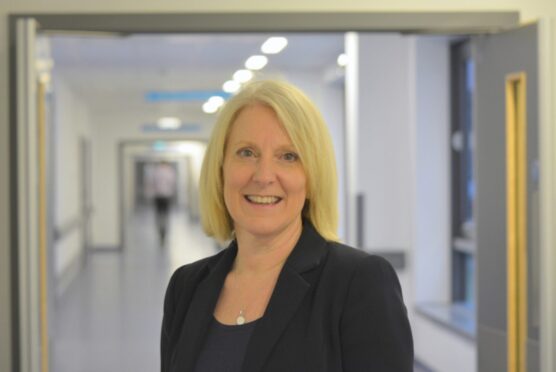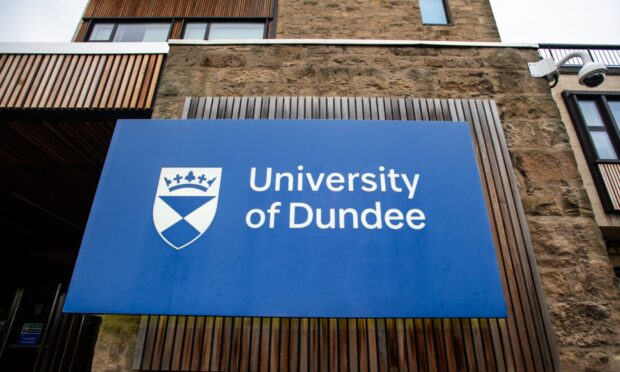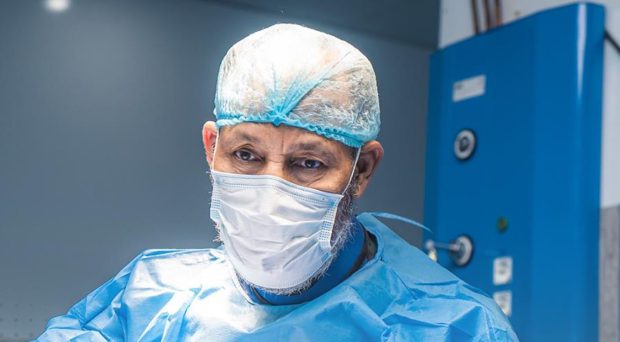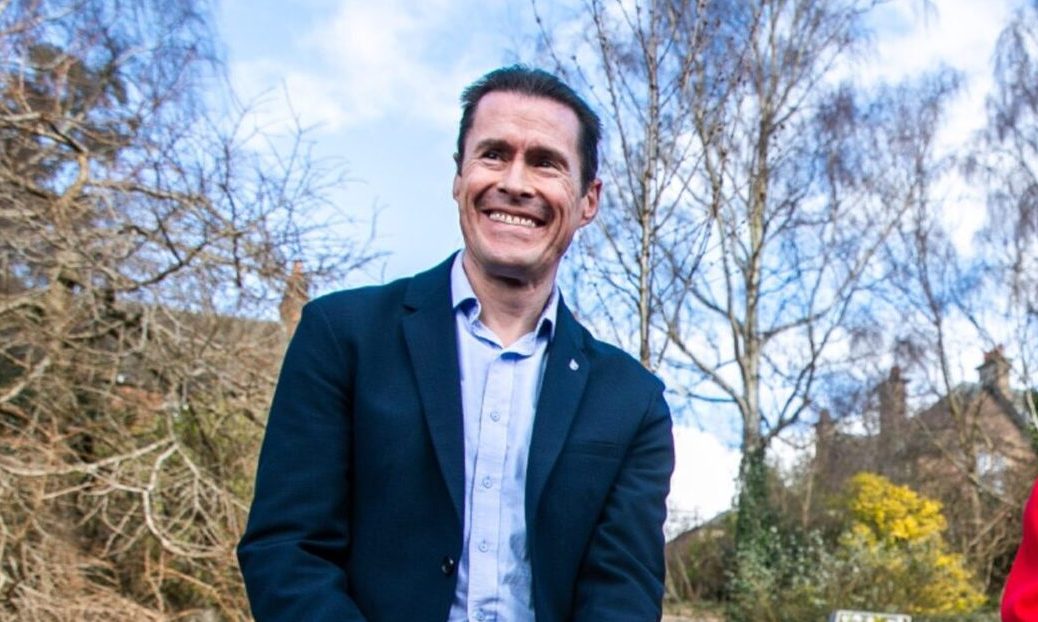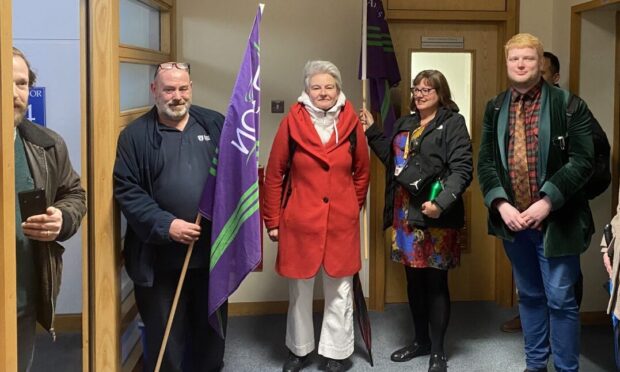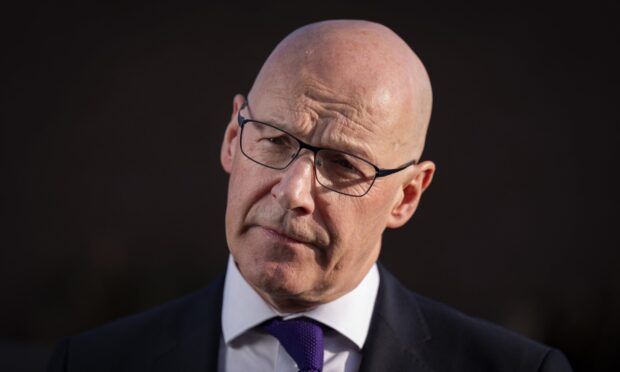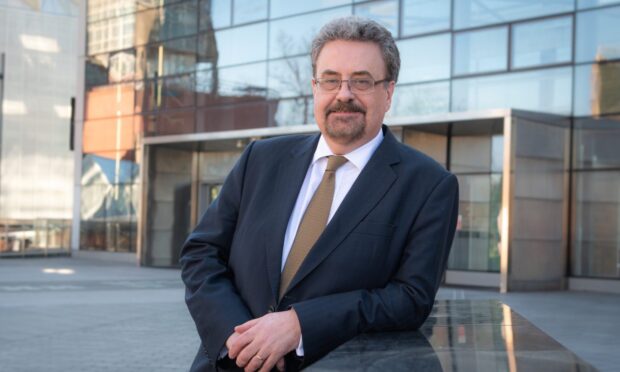A spiralling number of Scots patients involved in life-threatening emergencies are having to wait more than 20 minutes for an ambulance, disturbing figures show.
There has been a 56% rise in the number of the most urgent call-outs in Tayside and Fife beset by extended delays in getting paramedics to the scene.
A surge in demand has been blamed for the decline in the Scottish Ambulance Service figures, which have been branded “hugely concerning” by the Scottish Liberal Democrats.
“Ministers have been warned repeatedly by doctors that paramedics are overstretched and under resourced,” said Lib Dem MSP Alex Cole-Hamilton.
“These figures show that these concerns are far from scaremongering.
“The number of seriously-ill patients facing waits of more than 20 minutes has increased year on year since 2013.”
The ambulance service took more than 20 minutes to arrive to 2,891 Category A calls in 2014/15, rising by a half to 4,350 the following year.
Across Dundee, Perth, Arbroath and St Andrews stations, it shot up from 90 to 140 in the same period.
The national target is for the service to respond to 75% of Category A calls within eight minutes.
Last month, it was revealed the target had been missed in Tayside for the second year in a row.
A spokesman for the Scottish Ambulance Service said the average response time for those calls is seven minutes in Tayside.
He said their teams are “busier than ever as emergency demand continues to increase”.
“The service is addressing this by investing in an additional frontline staff and a five year recruitment programme will create 1,000 new paramedics in Scotland,” he added.
“This will improve cover, enhance the clinical skills mix of our staff and introduce new ways of working to best meet the needs of patients.”
Health Secretary Shona Robison said: “The Scottish Ambulance Service has recently been experiencing higher demand for Category A calls and we are working closely with them to put in place improvements to response times.
“This includes increasing the budget for the service by £11.4 million this financial year.”
As well as the extra 1,000 paramedics, the additional funding will enable the service to recruit more control room staff and improve care in remote areas, Ms Robison added.

